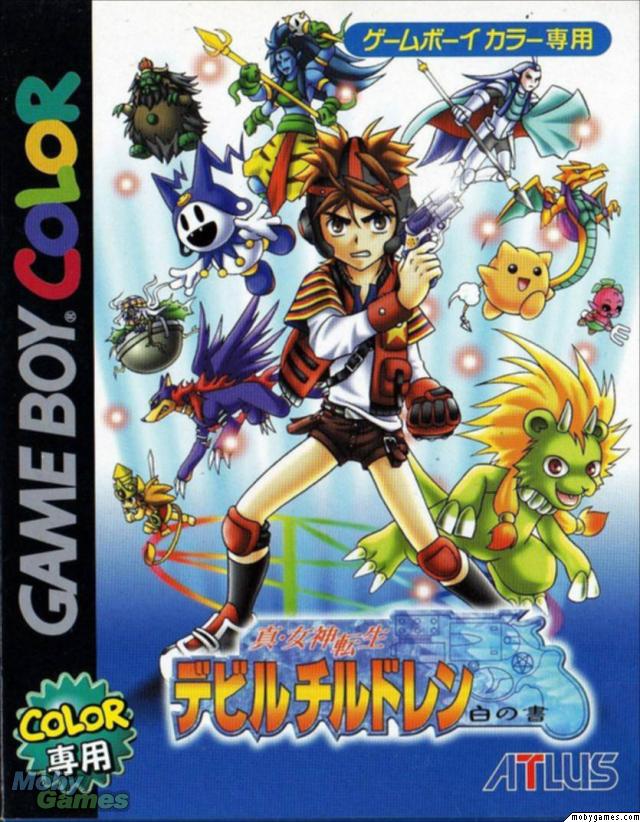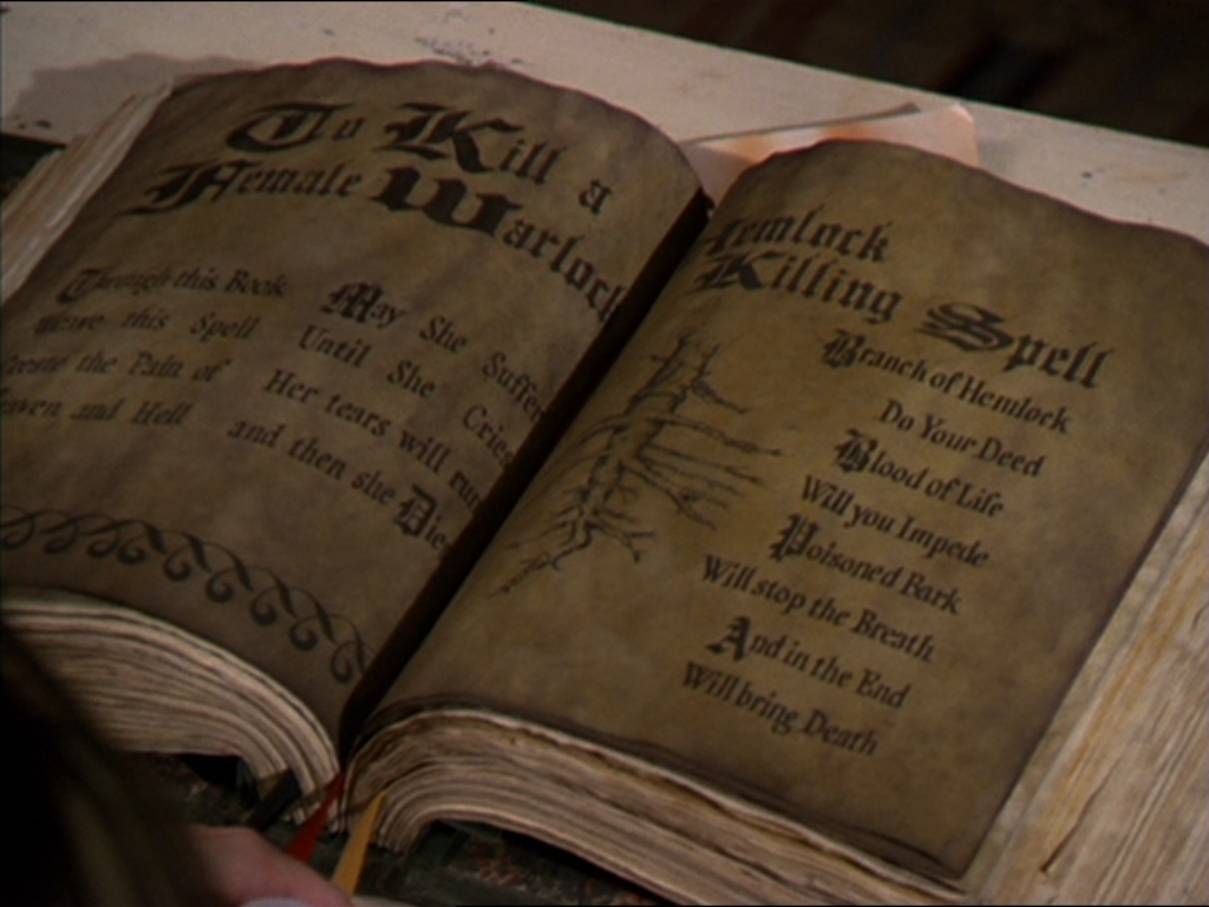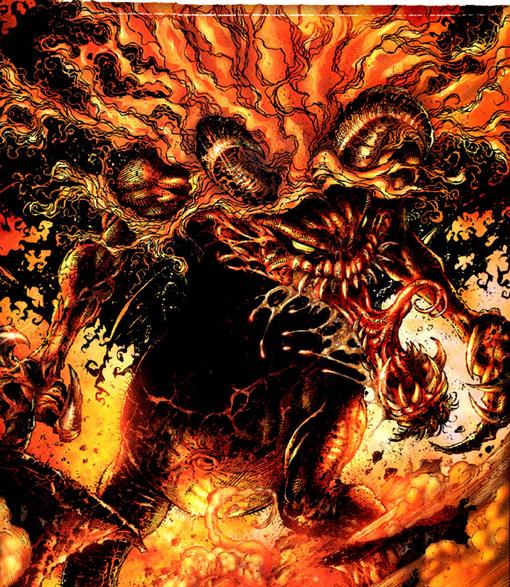

Later on, additional gameplay modes, remixed floors, and new challenges give the game even more post-game legs to stand on, provided the clicky gameplay hook was enough to convince players to continue coming back for more. After making some initial progress in the game, two new character classes - an archer and a caster - are also unlocked, both of which may then be played in their own campaign, carving their own individual paths through the dungeons. Leveling up boosts stats and offers a choice between increasing the health or mana pool, while trips back to town between grinding sessions let players interact with its four inhabitants who can further hone the player’s card loadout for victory.

Cards come in three flavors - artifacts, items, and spells - with enchanted and even rarer variations appearing over the course of the game, and must be equipped to be used, requiring an open card slot and sufficient mana in the mana pool. True to Diablo form, collecting loot is what Book of Demons is really all about, though in this game most of the loot either takes the form of gold or cards. One can even return right to the same dungeon floor after death, with the main penalty being losing some collected loot. As any damage done, including boss damage, is perpetual and lasts even after dying and resurrecting back in town, it’s simply a case of dying and chipping away at the enemy mass again and again until it has been diminished. Still, some of the late-game stages become so ridiculously choked up with on-screen baddies that they become tests of perseverance rather than fun or nuanced combat - oh, and of course clicking like mad - rather than skill. The reason that close proximity isn’t required for this is that Book of Demons plays fast and loose with the hordes of enemies that must be dispatched at any given time, so a small buffer zone of space can be entirely necessary. Additional clicking on enemies produces bonus hits, so combat quickly devolves into a veritable clickfest. Once the hero is within range of enemies, combat automatically unfolds, with the player character auto-attacking the highlighted enemy at the rate of about once per second. I pity the fool… You’re makin’ me mad, sucka… ok, just insert any Mr. This is important because, especially during the game’s latter, tougher stages, dancing in and out of range of enemies by clicking ahead of and behind the hero is a viable way to conserve health while kiting smaller groups of enemies away from the main horde. Combat commences as soon as the hero comes within range of an enemy, often at a distance of several meters away. The hero traverses each floor of the dungeon along a set path, spurred into movement via a mouse click, and moving until reaching an intersection of paths, requiring a further click to continue.

While Book of Demons by no means falls into this category, its gameplay can, at times, feel that way.

There’s an entire subgenre of games today known as clicker games, where the object is to click or tap the screen as fast as possible to achieve a certain goal. What follows is a veritable test of endurance for the player’s poor left-clicker finger. Having just returned to his hometown after a long absence, the player character learns of monster sightings and townsfolk mysteriously disappearing, and is sent to investigate the floors and dungeons beneath the nearby Old Cathedral to discover the cause.
#Book of demons game wiki series
Book of Demons, the inaugural piece of this whole endeavor, really has its work cut out to open the door for six follow-ups, and certainly showcases the developer’s ability to keep the player coming back for more, though its gameplay systems do grow a little long in the tooth during its final chapter.īook of Demons is clearly designed as a love letter to the original Diablo, and introduces players to the Paperverse, a fantasy game world populated by origami-style characters and monsters, presumably meant to be the setting of the further series as it unfolds. This isn’t just PR lip service, but is evident in the game’s title menu, which displays a cavernous room with seven stone podiums six empty and unused at this time, while one supports an open book upon it.
#Book of demons game wiki Pc
Its debut title is only the first in a planned seven-part series of games, each one harkening back to the design of a particular old-school PC game, titled “Return 2 Games”. It would be quite difficult to call first-time developer Thing Trunk anything other than ambitious.


 0 kommentar(er)
0 kommentar(er)
